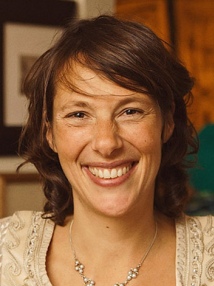BibTex format
@article{Goel:2022:10.1080/01441647.2021.1915898,
author = {Goel, R and Goodman, A and Aldred, R and Nakamura, R and Tatah, L and Garcia, LMT and Diomedi-Zapata, B and de, Sa TH and Tiwari, G and de, Nazelle A and Tainio, M and Buehler, R and Gotschi, T and Woodcock, J},
doi = {10.1080/01441647.2021.1915898},
journal = {Transport Reviews},
pages = {58--81},
title = {Cycling behaviour in 17 countries across 6 continents: levels of cycling, who cycles, for what purpose, and how far?},
url = {http://dx.doi.org/10.1080/01441647.2021.1915898},
volume = {42},
year = {2022}
}

